
Georgia’s verdant landscapes are adorned with a diverse array of native trees, each contributing to the state’s rich biodiversity. Understanding the variety of trees in Georgia and how to care for them can ensure these natural treasures thrive for generations to come. In this article, we’ll explore some of the most prominent native trees in the Peach State and provide practical advice on their care. Additionally, we’ll introduce you to Treewurk, your go-to tree care company dedicated to preserving all the different types of trees in Georgia.
1. Oak Trees (Quercus species)
Varieties and Characteristics
Georgia is home to several oak species, including the White Oak (Quercus alba), Southern Red Oak (Quercus falcata), and Live Oak (Quercus virginiana). Oaks are known for their strength, longevity, and the extensive canopy they provide.
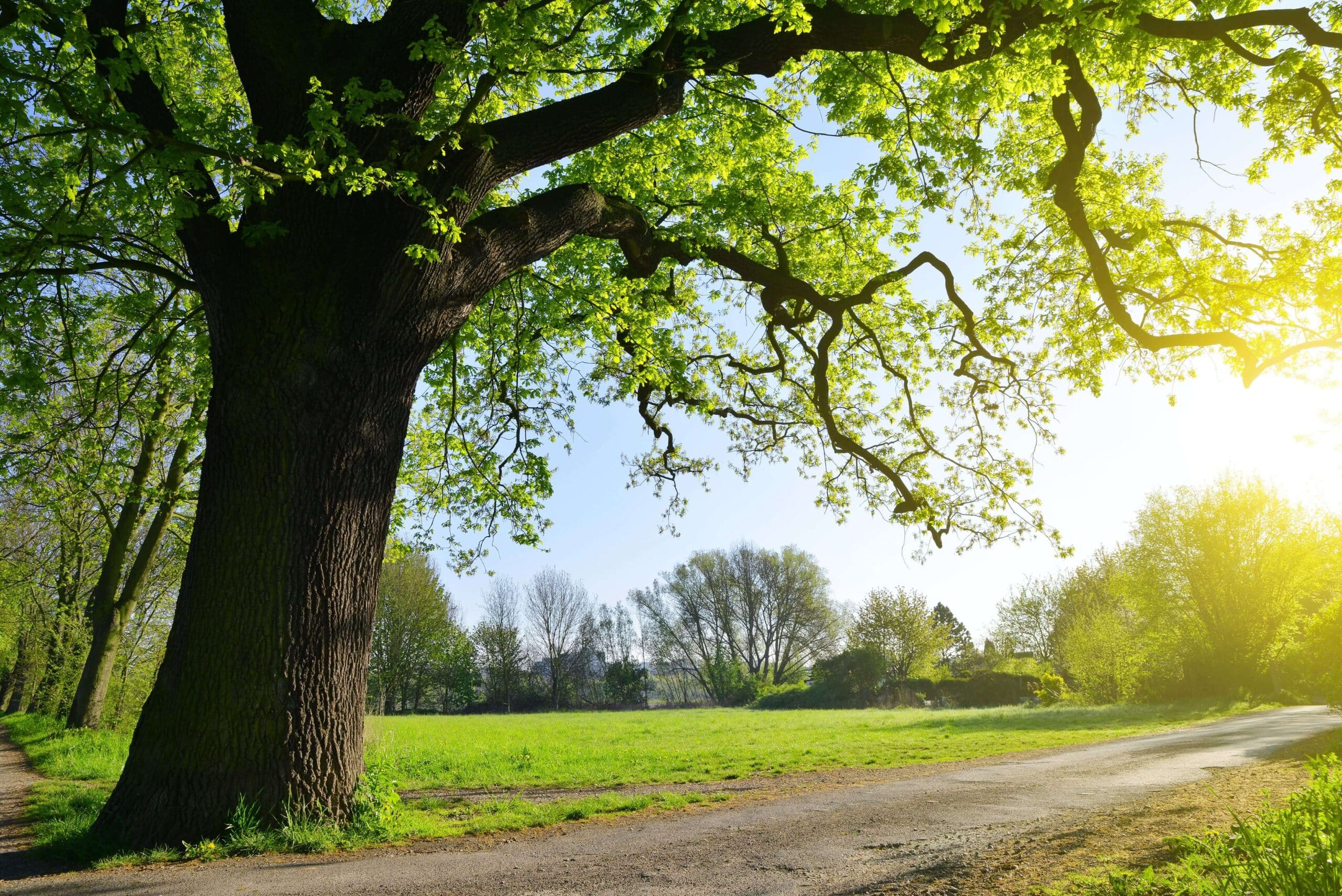
Care Tips
- Watering: Young oaks require regular watering to establish deep root systems. Mature oaks are drought-tolerant but benefit from occasional deep watering during prolonged dry spells.
- Pruning: Prune in late winter to remove dead or weak branches, enhance air circulation, and maintain shape. Avoid heavy pruning to prevent stress.
- Mulching: Apply a layer of organic mulch around the base to retain soil moisture and regulate temperature, but keep it away from the trunk to prevent rot.
2. Pine Trees (Pinus species)
Varieties and Characteristics
The Loblolly Pine (Pinus taeda) and Longleaf Pine (Pinus palustris) are prominent in Georgia’s forests. Pines are valued for their fast growth and the softwood lumber they provide.
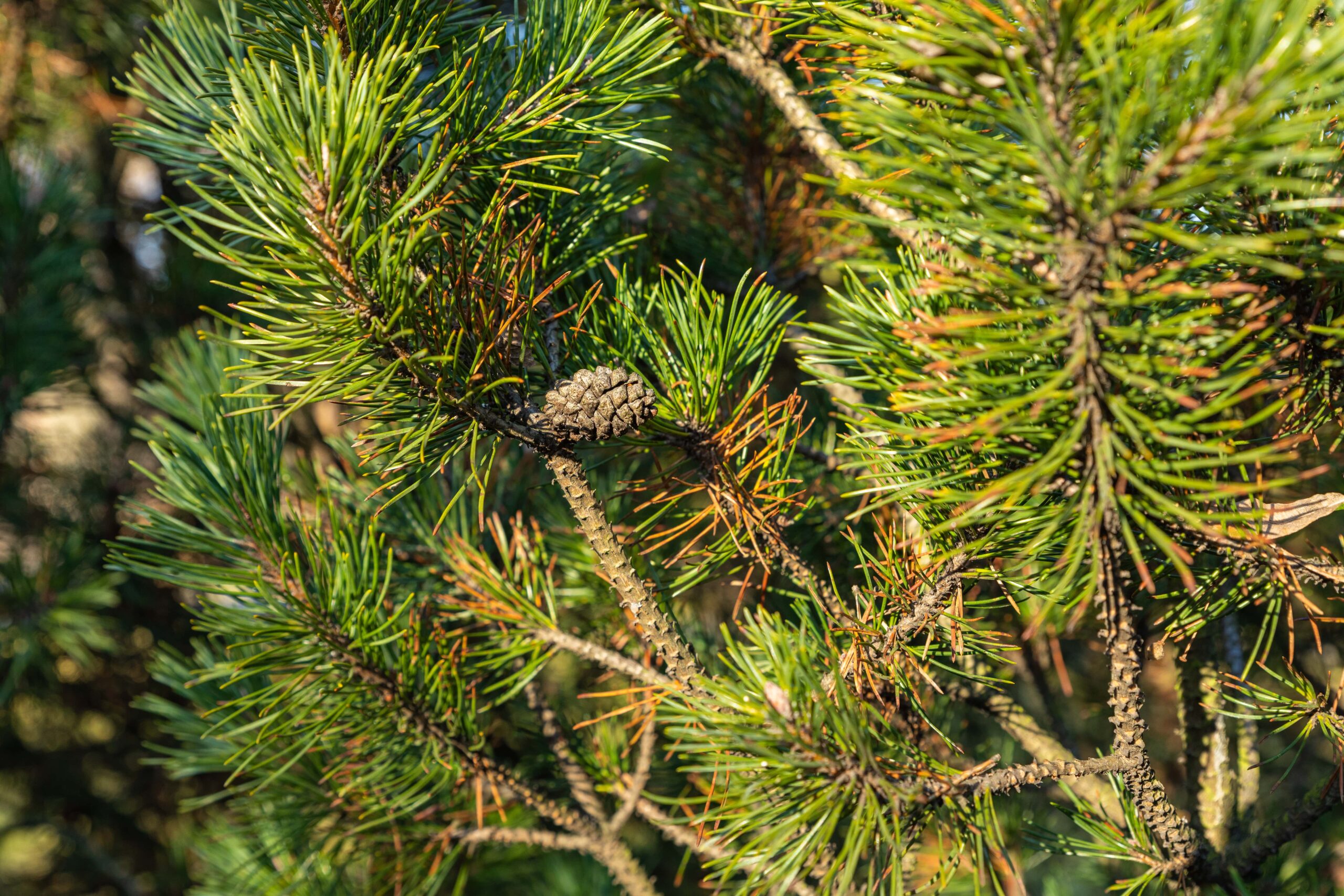
Care Tips
- Watering: Essential for young trees, especially in their first year. Established pines are relatively drought-resistant.
- Pruning: Minimal pruning is required. Remove dead or damaged branches to maintain health.
- Pest Management: Keep an eye out for pine beetles and other pests. Regular health checks and timely intervention are crucial.
3. Dogwood Trees (Cornus florida)
Varieties and Characteristics
The Dogwood is renowned for its beautiful spring flowers and vibrant fall foliage. It’s a smaller tree, making it a popular choice for landscaping in residential areas.

Care Tips
- Watering: Dogwoods require moist, well-drained soil. Water regularly, especially during dry periods.
- Mulching: A layer of mulch helps retain soil moisture and reduces temperature fluctuations.
- Pruning: Prune in late fall or early winter to maintain shape and remove any dead or diseased branches.
4. Magnolia Trees (Magnolia species)
Varieties and Characteristics
The Southern Magnolia (Magnolia grandiflora) is iconic, with large, fragrant white flowers and glossy evergreen leaves. It adds a touch of southern elegance to any landscape.
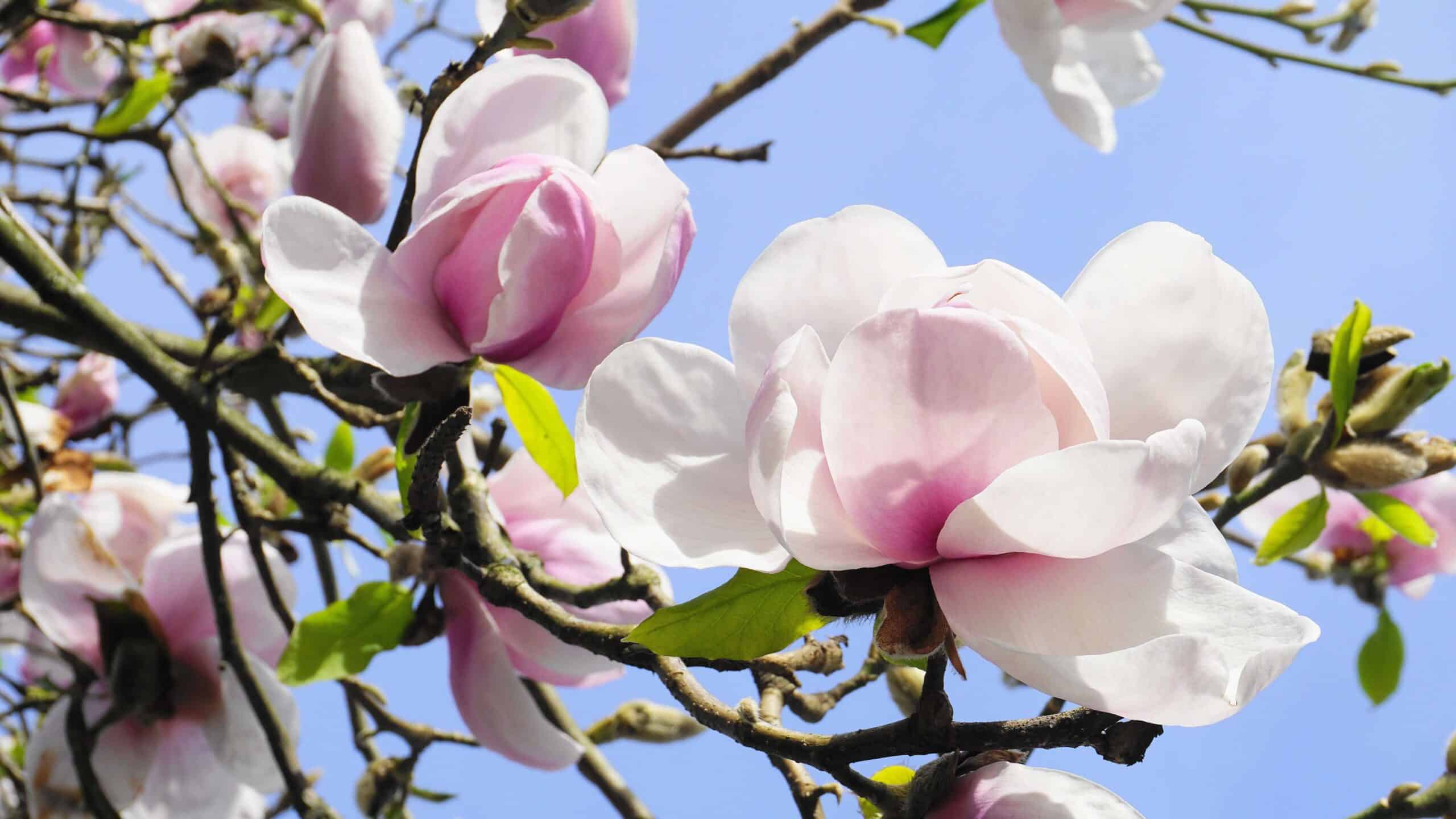
Care Tips
- Watering: Young trees need consistent watering. Once established, magnolias can tolerate short dry periods but prefer moist soil.
- Pruning: Prune sparingly, only to shape or remove damaged branches. Magnolias do not respond well to heavy pruning.
- Fertilizing: Apply a balanced fertilizer in spring to support growth and flower production.
5. Sweetgum (Liquidambar styraciflua)
Varieties and Characteristics
The Sweetgum tree is admired for its star-shaped leaves and vibrant fall colors. It’s a common sight in both urban and rural Georgia.
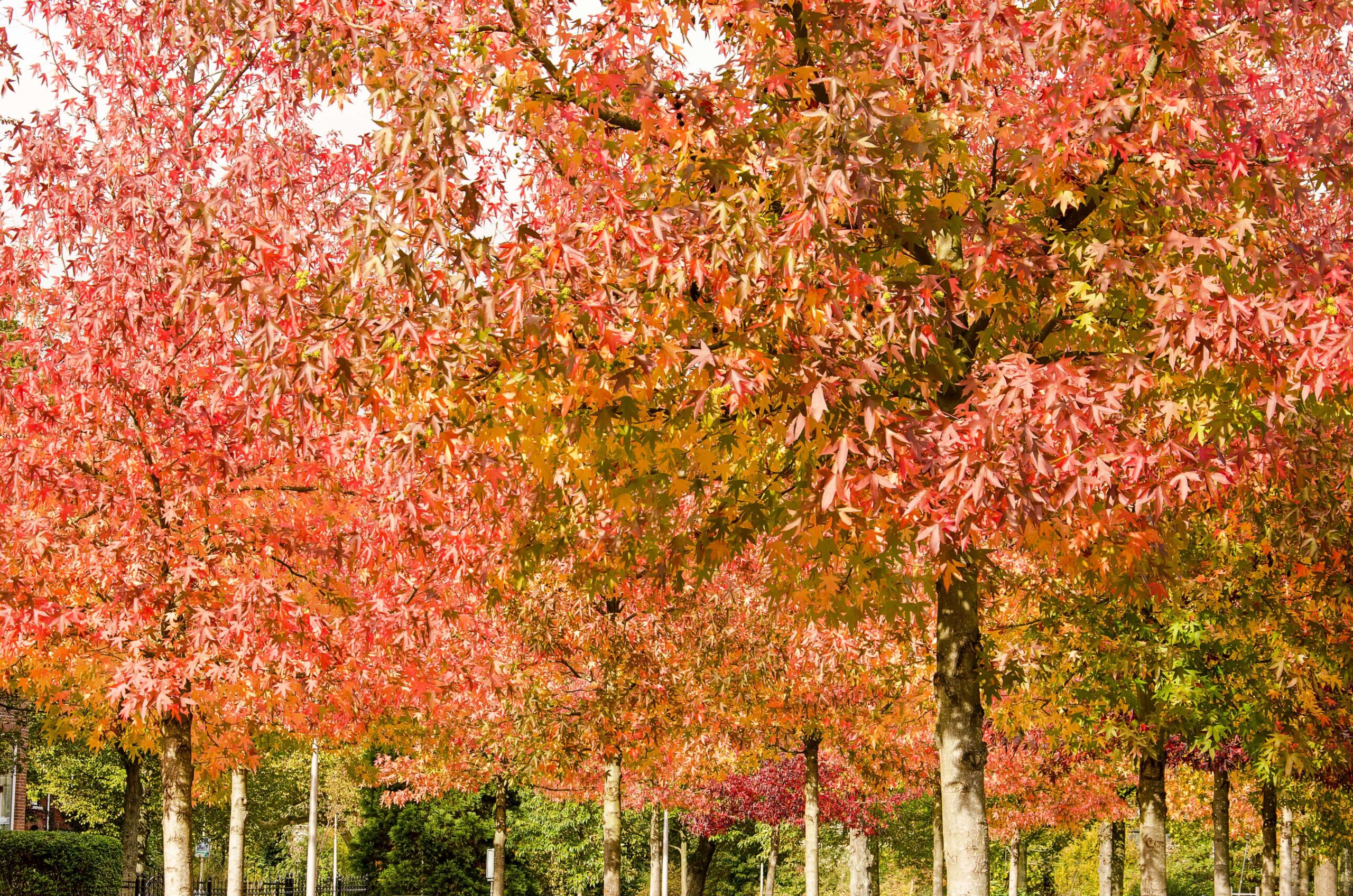
Care Tips
- Soil: Adapts well to most soils but prefers moist, acidic conditions.
- Sunlight: Full sun to partial shade.
- Pruning: Minimal pruning needed. Remove any damaged or diseased limbs as necessary.
6. Eastern Redbud (Cercis canadensis)
Varieties and Characteristics
The Eastern Redbud’s pink flowers herald the arrival of spring. This small tree is ideal for adding color to small gardens and landscapes.
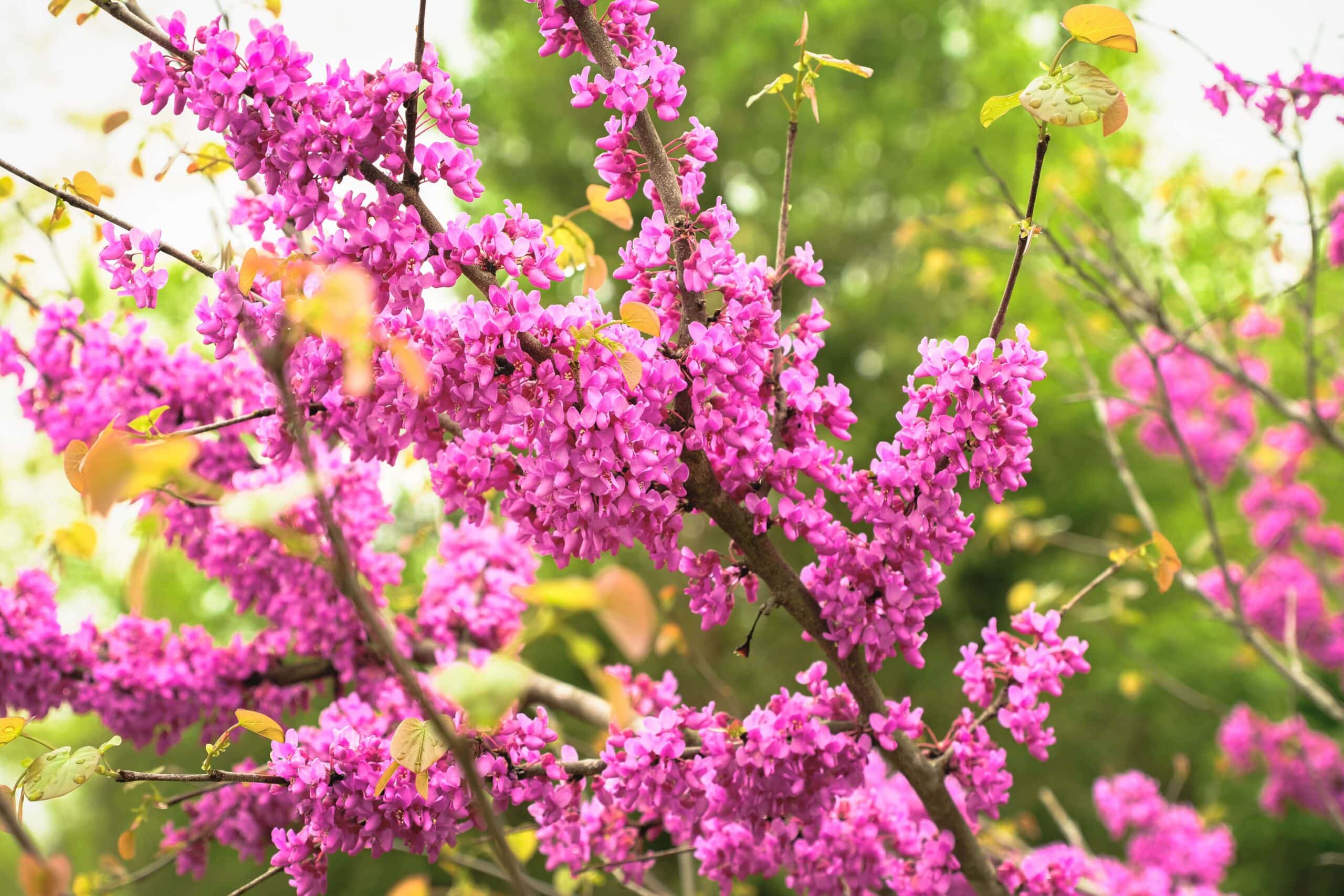
Care Tips
- Soil: Prefers moist, well-drained soils but can adapt to various soil types.
- Pruning: Light pruning to shape the tree and remove any dead or diseased branches.
- Fertilization: Apply a balanced fertilizer in early spring to support growth.
Proper Tree Care: Ensuring the Health and Longevity of the Trees in Georgia
Regardless of the species, several general care tips can help ensure the health and longevity of trees in Georgia:
- Soil Testing: Before planting, test the soil to determine its pH and nutrient levels. This information can guide the selection of suitable species and any necessary soil amendments.
- Planting Location: Consider the mature size of the tree and plant it in a location where it has ample room to grow without interference from buildings or other trees.
- Regular Inspections: Regularly inspect trees for signs of pests, diseases, or stress. Early detection is key to effective treatment.
How Treewurk Can Help
Here at Treewurk, we understand the importance of trees to Georgia’s environment and the well-being of its residents. Our team of certified arborists is dedicated to providing comprehensive tree services throughout Georgia, catering to all types of trees. Whether it’s routine maintenance, pest and disease management, or emergency tree care, Treewurk has the expertise and equipment to ensure the health and safety of your trees.
We encourage residents of Georgia in need of professional tree services to contact us at Treewurk for a free estimate or to learn more about our services. Our commitment to excellence and customer satisfaction makes us your ideal partner in nurturing and preserving the magnificent trees of Georgia.
FAQs
The best time to prune most trees in Georgia is during the late winter or early spring before new growth begins. This timing helps prevent the spread of diseases and allows trees to heal quickly, although specific timing can vary depending on the tree species.
Identifying common diseases involves looking for symptoms like discoloration, defoliation, or unusual growths. Treatment often requires applying fungicides or insecticides, improving soil health, and sometimes pruning affected areas. Consulting a professional arborist for accurate diagnosis and treatment is recommended.
Yes, Georgia faces threats from invasive species like the Emerald Ash Borer and the Hemlock Woolly Adelgid, which can severely damage or kill native ash and hemlock trees, respectively. Management strategies include monitoring, use of insecticides, and biological control methods.
Early detection is key. If you notice signs of pest infestation, such as unusual leaf spots, dying branches, or visible insects, contact a professional arborist. They can provide an accurate diagnosis and recommend treatment options to protect your tree and prevent the spread of pests.
Signs of a sick or dying tree include significant leaf loss outside of the normal shedding season, discolored or wilted leaves, soft spots or cavities in the trunk, and the presence of fungi. Consulting a professional arborist can help determine the cause and potential treatments.
